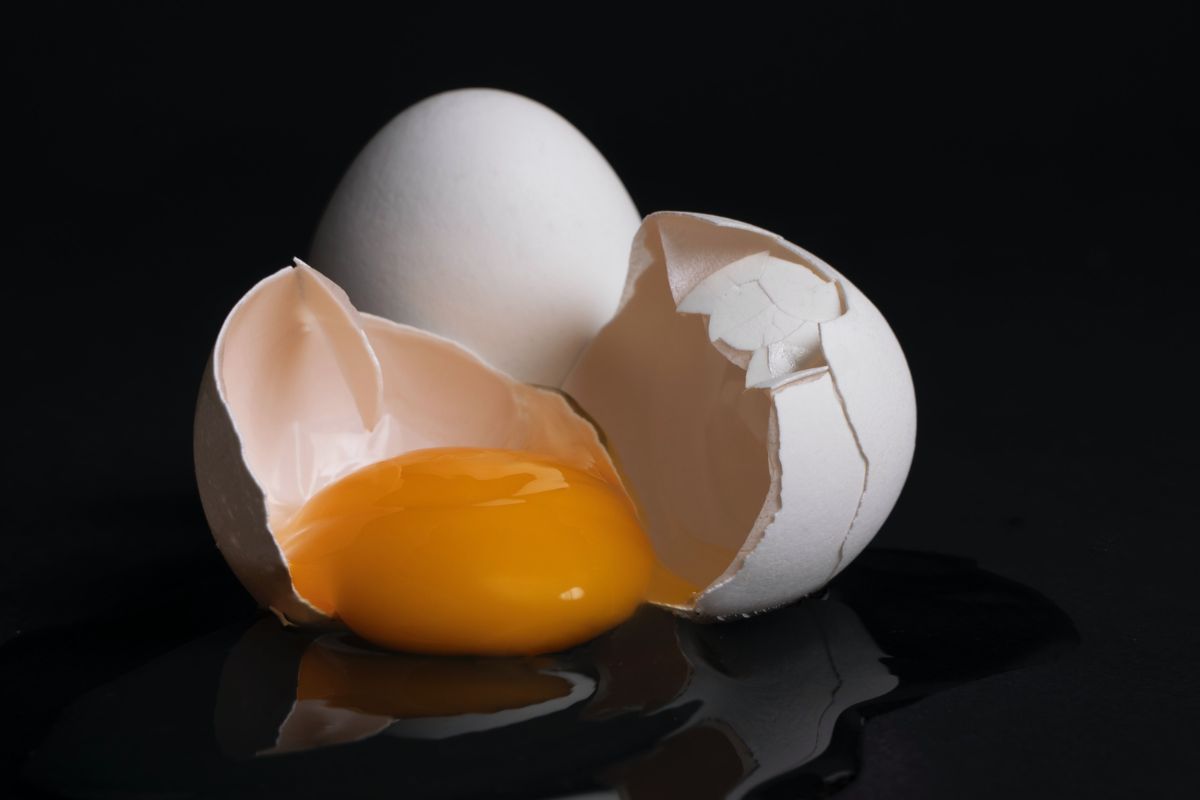When you crack an egg expecting a quick addition to your breakfast and find a spot of blood instead, it can be off-putting. You might wonder if the egg is safe to eat or if there’s something wrong with it.
It’s not uncommon to come across eggs with blood spots, and this occurrence has both a scientific explanation and varying significance in different cultures.
Blood spots, or ‘meat spots,’ are often the result of a rupture in a blood vessel during the egg’s formation. This can happen to any hen, although it is less common in commercial eggs due to the candling process where eggs are inspected with light to filter out imperfections.
Despite their alarming appearance, eggs with blood spots are typically safe to eat.
Understanding the facts about these eggs can alleviate concerns and prevent the waste of what is generally a harmless natural occurrence. If you’re curious or hesitant about the safety and meaning behind blood spots in eggs, your concerns can be addressed with up-to-date and accurate information.
The Basics of Egg Cracking
Cracking an egg is a fundamental kitchen skill, enabling you to include eggs in your favorite recipes. The key to success lies in choosing the right egg and understanding its structure for a clean break.
Selecting the Right Egg
Before you crack an egg, ensure it’s fresh and the right temperature. A fresh egg will have a thick white that doesn’t spread widely in the pan and a yolk that stands up proudly.
Cooler eggs often crack more cleanly, so consider using them straight from the refrigerator.
Understanding Egg Anatomy
To crack an egg effectively, a basic understanding of its anatomy helps. An egg is composed of the shell, the thin membrane under the shell, the albumen (white), and the central yolk.
Aim to crack the shell without piercing the membrane too much or breaking the yolk, to maintain integrity for your dish.
Mastering the Technique
Perfecting the art of cracking an egg is about precision and finesse. Let’s go through the key steps to ensure you can consistently crack eggs cleanly and efficiently.
Position and Pressure
The way you hold the egg is crucial. Position the egg in your hand so that the broad side is facing down towards a flat surface such as a countertop or cutting board.
Apply a gentle but firm pressure to create an initial crack, focusing on just enough force to crack the shell without shattering it.
The One-Handed Crack
If you’re feeling confident, the one-handed crack might become your go-to method. Hold the egg in one hand, and with a swift strike, tap it on the edge of a bowl or counter.
The key is to quickly apply and release pressure to create a clean break around the middle. Mastering this technique can save time and impress onlookers, but it may require some practice.
Common Mistakes to Avoid
Avoid these pitfalls to become a pro at cracking eggs:
- Too much force: This can lead to crushed shells and unwanted bits in your bowl.
- Cracking on a sharp edge: This increases the chance of shell fragments.
- Squeezing the egg: Squeeze, and you’re asking for a mess. Keep your grip firm but gentle.
Creative Endeavors with Egg Cracking
Engaging with egg cracking can be a delightful adventure for your senses and creativity. Whether you’re looking to master precise techniques or just have fun, there’s a range of activities to explore.
Egg Cracking Challenges
- Speed Cracking: Compete against the clock and see how many eggs you can crack open cleanly in a minute.
- Blindfolded Cracking: Sharpen your senses by attempting to crack eggs without the aid of sight.
Tricks and Tips
- One-handed Crack: Gently tap the egg on a flat surface and use your thumb and forefinger to open the shell.
- Shell-Free Bowls: Crack eggs on a flat surface rather than an edge to reduce the chances of shell shards.
Cleanup and Food Safety
When you crack an egg and find a blood spot, it’s important to handle the cleanup process with particular attention to food safety measures to prevent cross-contamination.
Disposal of Eggshells
Disposing of eggshells properly is a part of maintaining kitchen hygiene. Always throw away the eggshells promptly after cracking your eggs.
Resist the temptation to toss them into the sink to avoid clogging your drain. Instead, place eggshells directly into your trash or a compost bin if you compost kitchen scraps.
Handling Raw Eggs Safely
To keep your kitchen safe, always wash your hands with soap and warm water for at least 20 seconds after handling raw eggs.
Clean any surfaces, utensils, or containers that came into contact with the eggs using hot, soapy water or a disinfectant kitchen spray.
Remember to also wash any kitchen towels used during the process to prevent the spread of bacteria.
